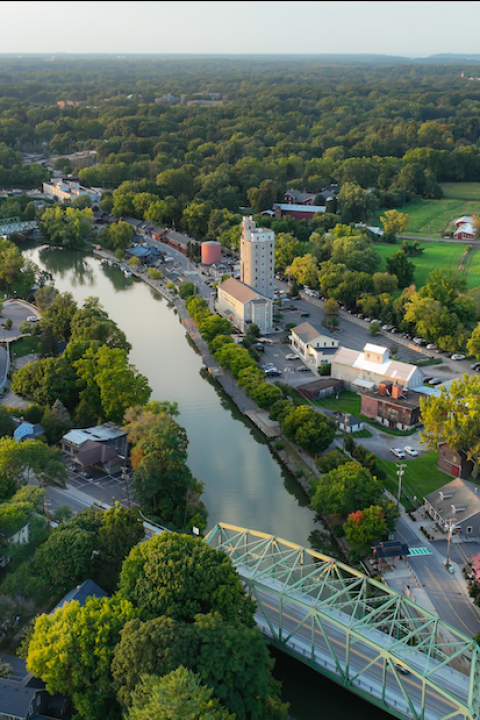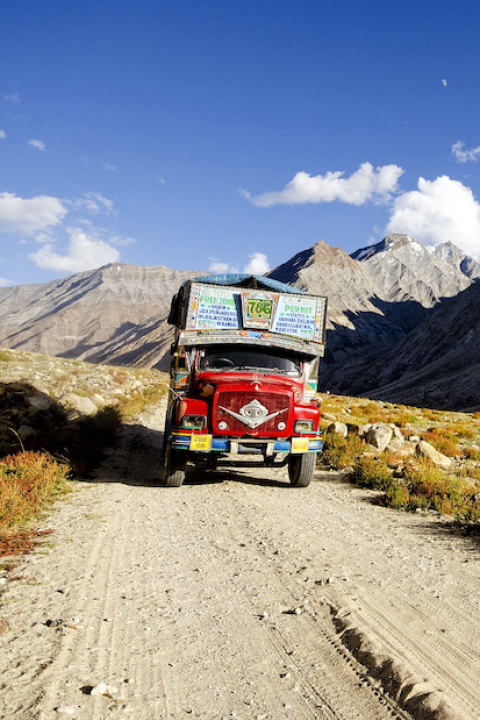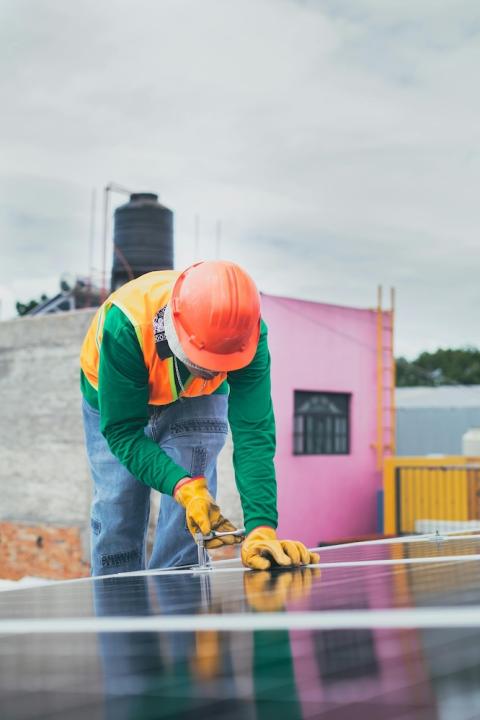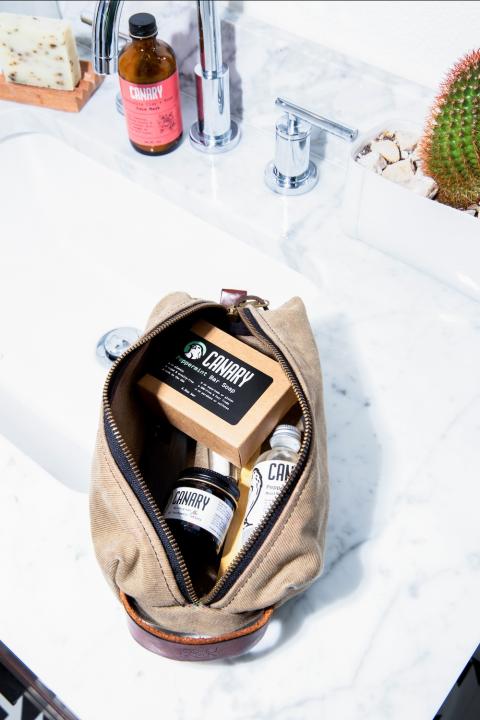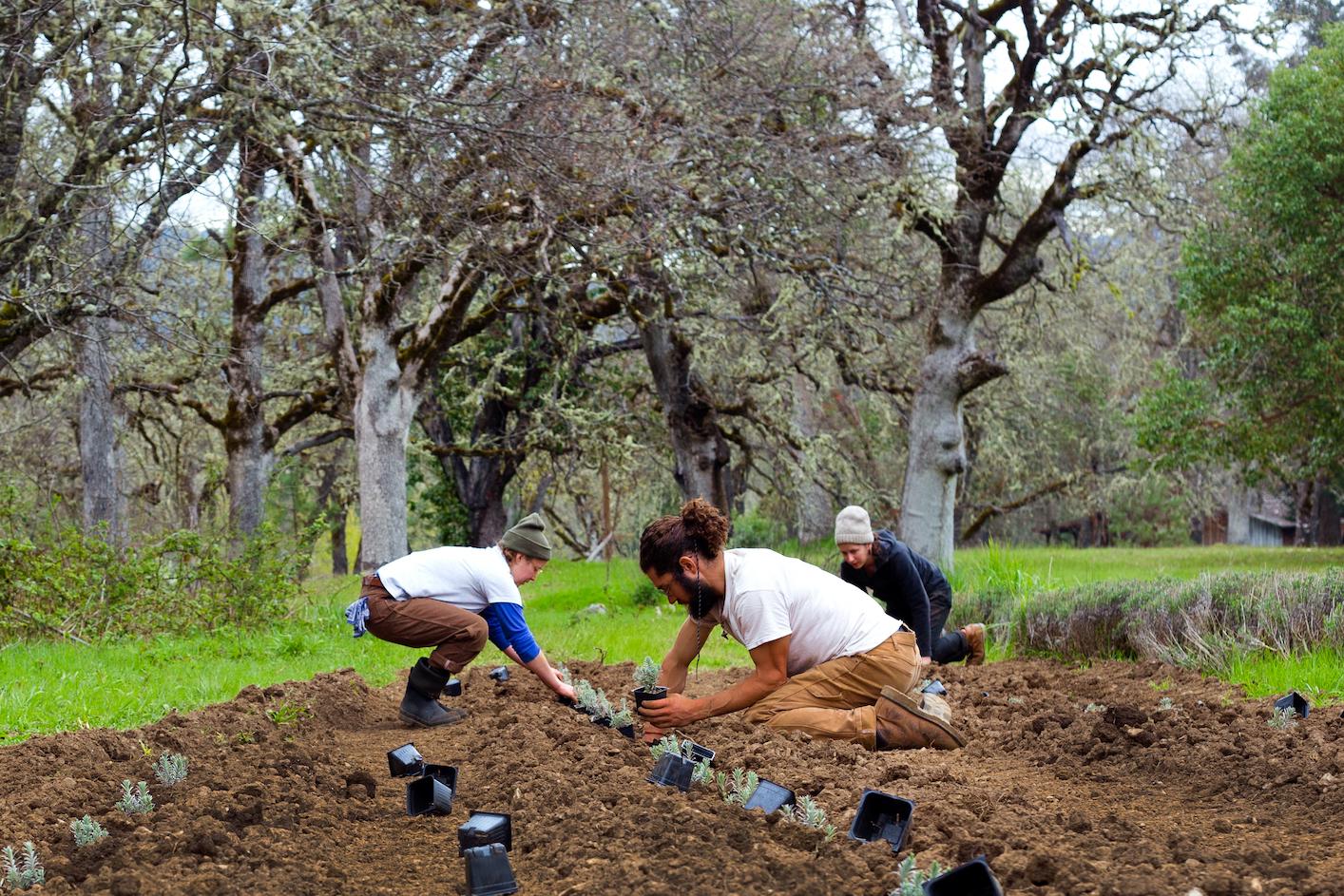
The Regenerative Organic Alliance has certified 140 farms that consist of about 50,000 smallholders, over a million acres and 320 different types of crops.
Interest in regenerative agriculture is on an upsurge globally, spurred by the need to address topsoil depletion, environmental concerns and even profit margins. Leading the charge, the Regenerative Organic Alliance (ROA) has certified over a million acres around the world in just three years.
The nonprofit is taking a comprehensive approach to regenerative farming — focusing on soil health, social fairness and animal welfare. And the program is setting the bar for farmers and brands invested in reversing the damage done by industrial farming methods.
Looking at the bigger picture
“[In] all these other regenerative certifications that are popping up, there's a big focus on soil health, and that's a great start,” Elizabeth Whitlow, ROA’s executive director, told TriplePundit. “But you need to consider the whole picture. You have to have a holistic approach.”
Regenerative agriculture incudes a range of farming practices. And since the term remains unregulated, certifications can vary greatly. Farms must focus on the bigger picture to be Regenerative Organic Certified by the alliance — meaning they not only improve soil health, but also seek to better their farm's impact on local ecosystems and communities, Whitlow said.
“We need to also recognize that regenerative agriculture draws 100 percent from Indigenous approaches to being one with the land,” she said. “At the end of the day — ecosystems, humans, animals — we are all fundamentally, unequivocally intertwined. And so to that end, if we want to truly regenerate anything, all of these elements need close attention.”
The three pillars of certified regenerative agriculture
The certification program builds on the U.S. Department of Agriculture’s USDA organic standards. Beyond guidelines on fertilizer and pesticide use, the primary focus of the USDA organic standard, the Regenerative Organic program also encourages practices like cover cropping and minimizing soil disturbance to improve soil health and protect topsoil from blowing away. Crop rotation is also a huge part of soil health, so the land isn’t just going back and forth between corn and soy, Whitlow said.
The certification also ensures the well-being of animals. Livestock provide organic fertilization and keep the plants mowed as they graze. Not only are livestock good for the crops, but allowing cattle to feed in agricultural fields is also better for their health. The digestive systems of animals like cows and sheep are not designed to consume corn and soy, Whitlow said.
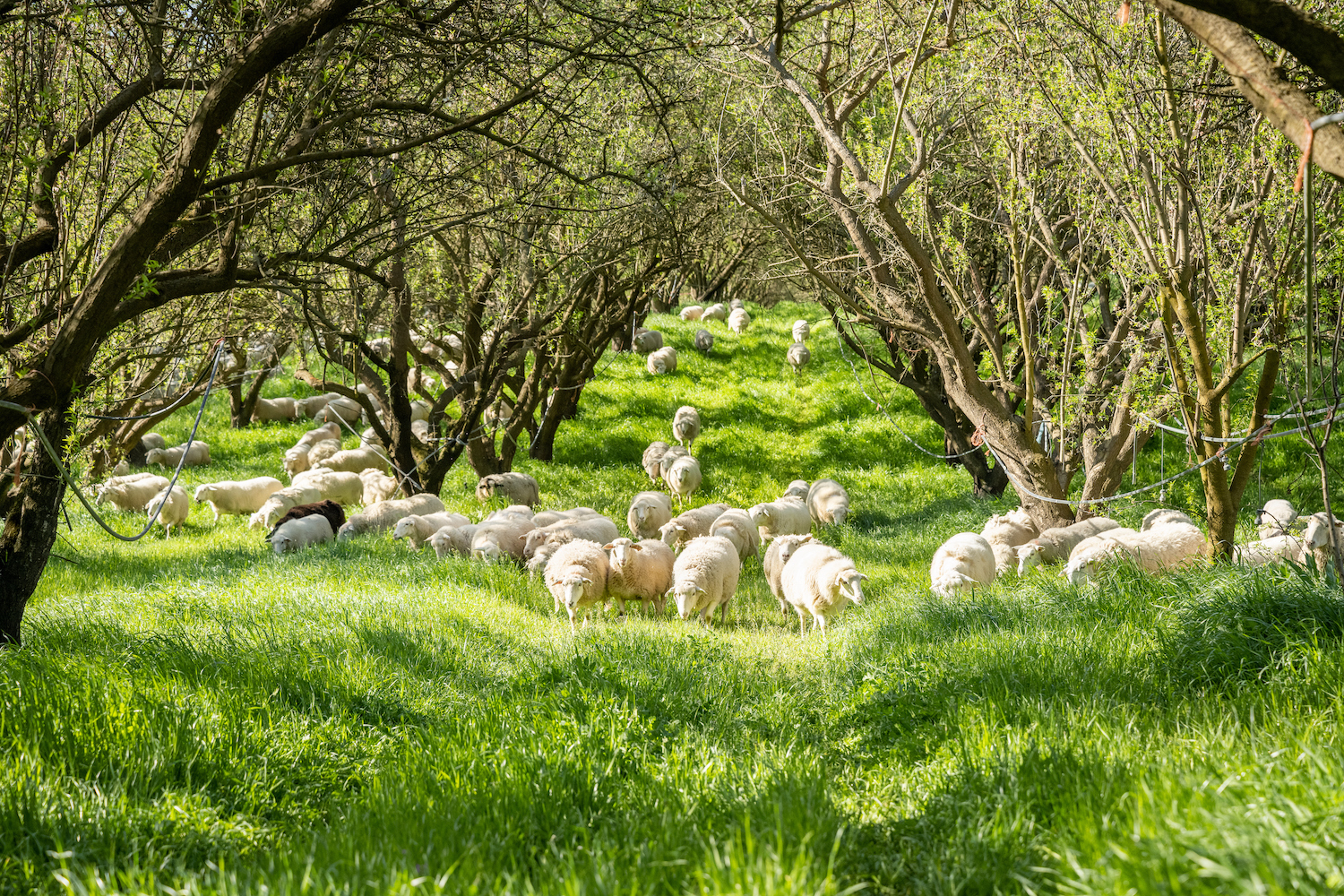
Fair wages and working conditions are the third pillar of the program. “No one’s talking about the farmer and the farm worker,” Whitlow said. But they’re an integral part of the certification process with the alliance. The program does not allow any child or forced labor, and farms must be proactive against sexual harassment, which is a major problem in agriculture, she said. Female farm workers experience extremely high levels of gender-based harassment and violence.
Before certification, ROA ensures farms have the capacity to handle worker complaints in a way that doesn't instill fear of retribution or losing their job, Whitlow said.
A million acres and growing
“We have just surpassed a million acres,” Whitlow said, noting that certified acreage accounts for 320 different types of crops. “And it’s growing quickly. We've got about 360 applications in the queue.”
Smallholder farms are grouped together to make up larger farms, so the alliance has certified 140 farms that consist of about 50,000 smallholders. “One farm could be 2000 smallholders,” she said. “If you consider where you get your coffee or bananas, oftentimes it comes from smallholders ... They produce bananas on one or two hectares, and then they all gather it in one place. And a co-op — or a growers group — will organize it for exporting.”
Brand interest in regenerative agriculture is building fast
The alliance works directly with brands to license products made from certified farms. “We have full transparency with our brands. Any brand that is licensed to use our mark has to undergo a desk audit with us and they have to show all the documents [involved],” Whitlow said. For example, quinoa with the Regenerative Organic Certified label purchased in Bolivia is tracked through milling, export, import, and all the way to the salad bar where it is served to consumers.
The alliance has licensed about 120 brands including Patagonia, Dr. Bronner's and Outerknown, she said. Licensing includes foods, supplements, textiles, and clothing and personal care.
Organic agriculture lags in the U.S.
Internationally, certified farmers are inspiring change in their regions, but U.S. farmers have much less flexibility, Whitlow said. “Farmers are terrified. They are operating on the thinnest of margins … They have to grow what our USDA Farm Bill tells them to grow for crop insurance,” she said. “They have to grow those crops because it's the only sure bet. If they have a failed harvest, which is probably likely given the extreme weather conditions they farm under, they will get the maximum back from insurance. We need to change that.”
And though demand for organic products has been steadily increasing, only about 1 percent of U.S. farmland is organic. That means most organic crops have to be imported, Whitlow said. “We should be turning that around and letting our farmers benefit by growing organically. And we need public policy that helps incentivize that,” she said.
Results on the field
Data on the alliance's results isn’t available just yet. Whitlow said she recognizes it’s a problem to have to wait for solid data because they don’t have the time to do so, but she’s moving forward based on the anecdotal results farmers are seeing in the field. “And the results are pretty extraordinary,” she said. “Do we need to wait for 10 more years until we prove with science that we're doing this right, that this is possible? I don't think so. I think we do it now and we continue to gather the science.”
Images courtesy of Regenerative Organic Alliance

Riya Anne Polcastro is an author, photographer and adventurer based out of the Pacific Northwest. She enjoys writing just about anything, from gritty fiction to business and environmental issues. She is especially interested in how sustainability can be harnessed to encourage economic and environmental equity between the Global South and North. One day she hopes to travel the world with nothing but a backpack and her trusty laptop.



